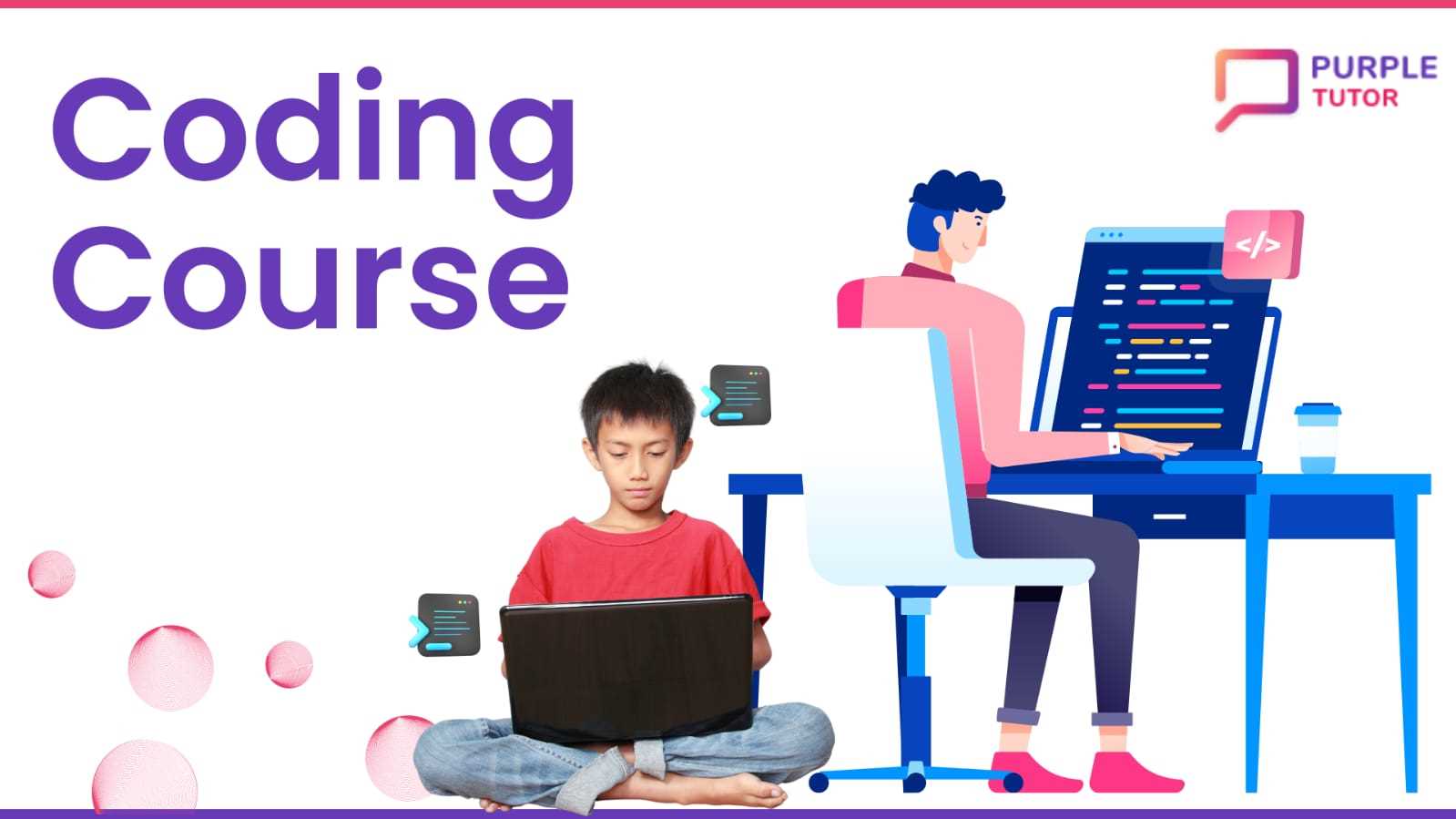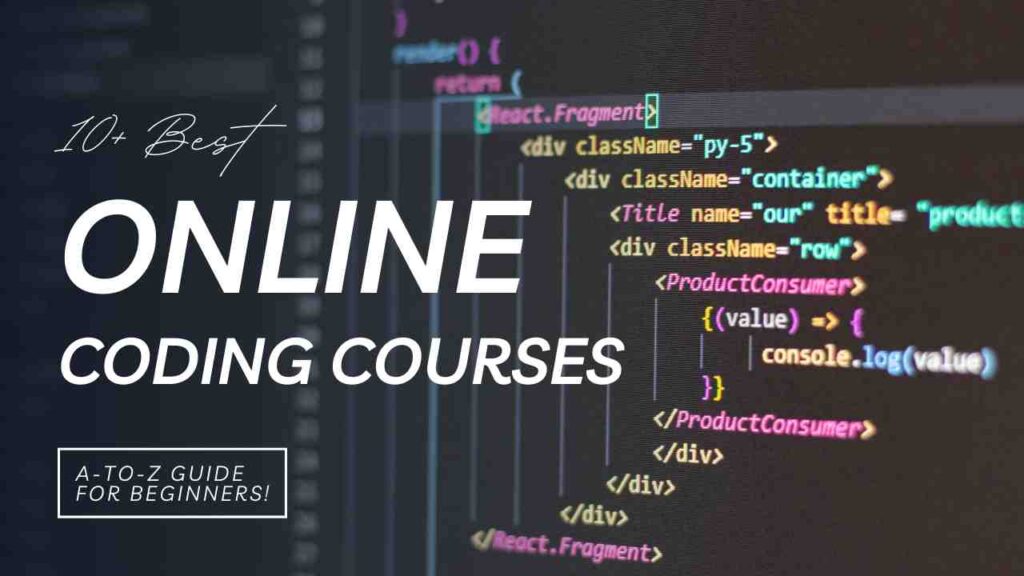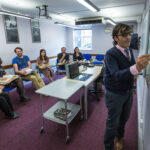From Zero to Coder: My Unforgettable Journey Through a Coding Course
Have you ever looked at a complex website or a cool app and wondered, "How on Earth did someone build that?" For years, that question echoed in my mind. I was curious, intrigued, but also incredibly intimidated. Coding seemed like a secret language, spoken only by a select few geniuses behind glowing screens. I thought it was completely out of my reach. But then, something shifted. I decided to take a leap of faith and enroll in a coding course, and let me tell you, it changed everything.
The Spark of Curiosity & The Intimidation Factor
Before my journey began, I felt a bit stuck. My job was fine, but it didn’t ignite any passion. I saw the tech world booming, and a part of me longed to be a part of it, to create something tangible in the digital space. But the thought of learning to code was daunting. I pictured endless lines of cryptic text, complex algorithms, and a steep, lonely learning curve.
I’d tried a few free online tutorials, but they felt disjointed. I’d learn one concept, then immediately forget it because I couldn’t see how it fit into the bigger picture. It was frustrating, and honestly, it made me feel a bit silly for even trying. Was I just not "smart enough" for this? This feeling of inadequacy almost stopped me before I even truly started.
Choosing My Path: Why This Coding Course?
After much deliberation and a fair bit of online searching, I realized I needed structure. I needed guidance, a clear roadmap, and a community. That’s when I started looking into dedicated coding courses. There were so many options: intensive bootcamps, self-paced online courses, university programs.
What drew me to the specific course I chose was its promise of being beginner-friendly. They didn’t assume you knew anything. They emphasized hands-on projects and a supportive learning environment. The curriculum was laid out clearly, starting with the absolute basics and gradually building up to more complex topics. They also had a good track record of helping students land jobs, which was a big plus. It felt like a safe space to make mistakes and learn.
Diving In: My First Lines of Code
The first few days were a mix of excitement and sheer terror. We started with HTML and CSS, the building blocks of the web. Learning to structure content with HTML tags felt like learning to arrange blocks, and then making them pretty with CSS was like painting those blocks with colors and styles.
My first "Hello, World!" moment, where I saw text I had typed appear in a web browser because of my own code, was surprisingly thrilling. It was a tiny victory, but it proved to me that I could do it. Each small success, like making a button change color when I hovered over it or arranging images just right, built my confidence. It wasn’t about being a genius; it was about understanding a set of rules and applying them step-by-step.
The Learning Curve: Challenges and Triumphs
Of course, it wasn’t always smooth sailing. There were days when I stared at my screen, completely lost, feeling like my brain was turning to mush. Debugging – finding and fixing errors in my code – was particularly challenging at first. A single missing comma or a misplaced bracket could break an entire page, and finding that tiny error felt like searching for a needle in a haystack.
But this is where the value of a structured coding course truly shined. Our instructors were incredible. They didn’t just give us answers; they taught us how to think like a coder. They encouraged us to break down big problems into smaller, manageable pieces. They showed us tools and techniques for troubleshooting. And perhaps most importantly, they reminded us that frustration is a normal part of the learning process.
We moved on to JavaScript, which was a whole new level of thinking. It’s the language that makes websites interactive – the reason buttons click, images slide, and forms submit. It was tough, but the "aha!" moments, when a piece of code finally clicked and did exactly what I wanted, were incredibly rewarding. I started to see patterns, to anticipate problems, and to develop a more logical approach to everything, not just coding.
Beyond the Code: A Community and a New Way of Thinking
What surprised me most about my coding course wasn’t just the technical skills I acquired. It was the community. My classmates came from all walks of life – former teachers, artists, business professionals, recent graduates – all united by the desire to learn something new. We celebrated each other’s successes, helped each other through frustrating bugs, and shared tips and resources. This collaborative spirit made the journey so much more enjoyable and less isolating.
Learning to code also fundamentally changed how I approach problems in my everyday life. It taught me patience, persistence, and the importance of breaking down complex issues. I started to think more analytically, to look for the underlying logic in situations. It’s like my brain got a new operating system!
The Outcome: My Life, Post-Coding Course
By the end of the course, I had built a portfolio of projects that I was genuinely proud of. From a simple personal website to a more complex interactive application, I had tangible proof of what I had learned. The confidence I gained was immense. I no longer felt intimidated by the tech world; I felt like I was a part of it.
The best part? The course helped me connect with potential employers. I landed an entry-level position as a web developer a few weeks after graduating. It wasn’t easy, and there’s still so much to learn every single day, but I’m doing something I love, something that challenges me, and something that allows me to build and create. My life has truly taken a new, exciting direction.
Is a Coding Course Right for You? My Honest Advice
If you’re reading this and feeling that familiar spark of curiosity, or perhaps that knot of intimidation, here’s my advice:
- Do Your Research: Look for coding courses that align with your learning style and career goals. Do they focus on front-end (what users see), back-end (the server side), or full-stack (both)? Read reviews, check their curriculum, and if possible, talk to past students.
- Start Small (But Commit): Even if you enroll in a full course, try some free online resources first to get a feel for it. But once you commit to a course, stick with it. Consistency is key.
- Embrace the Struggle: There will be moments of frustration. It’s normal. Don’t let them defeat you. See them as opportunities to learn and grow.
- Ask Questions: Don’t be afraid to ask for help, whether from instructors or classmates. Everyone starts somewhere.
- Build, Build, Build: The best way to learn is by doing. The more projects you work on, the more your skills will solidify.
- Network: Connect with your peers and instructors. The tech community is incredibly supportive.
Taking that coding course was one of the best decisions I’ve ever made. It wasn’t just about learning a new skill; it was about opening up a whole new world of possibilities, gaining confidence, and discovering a passion I didn’t know I had. If a curious beginner like me can do it, so can you. The digital world is waiting for your creations. Why not take that leap?



